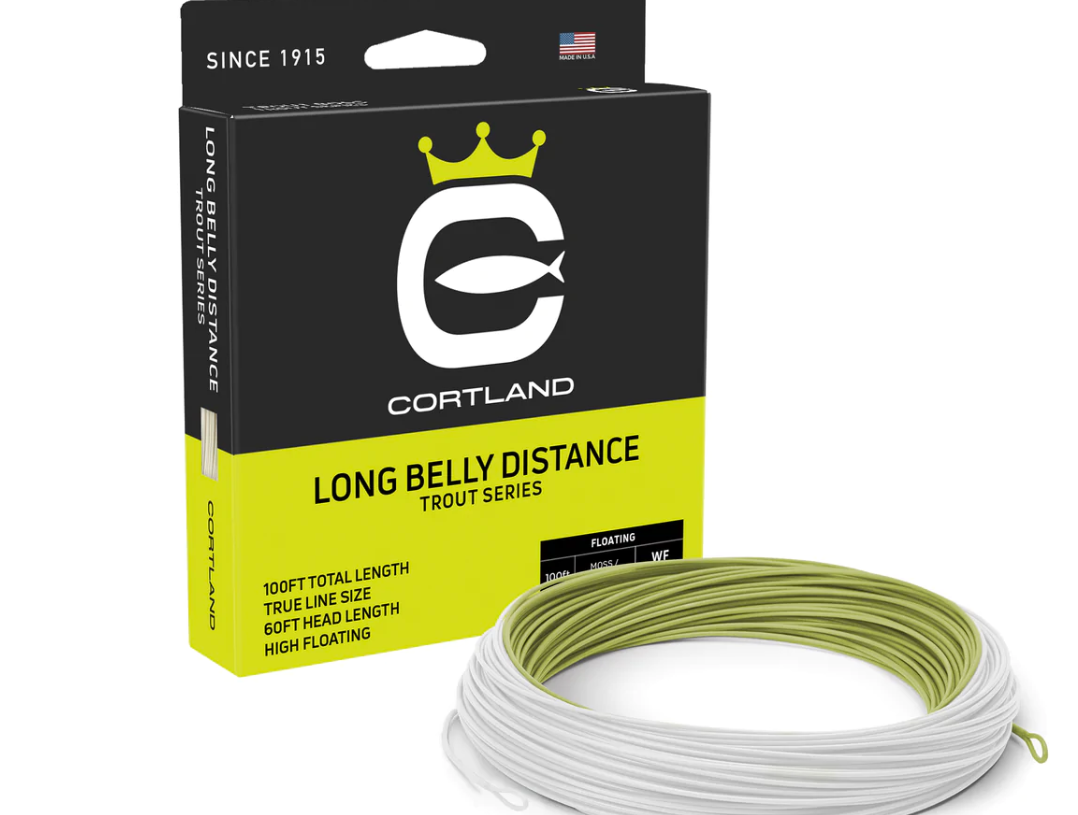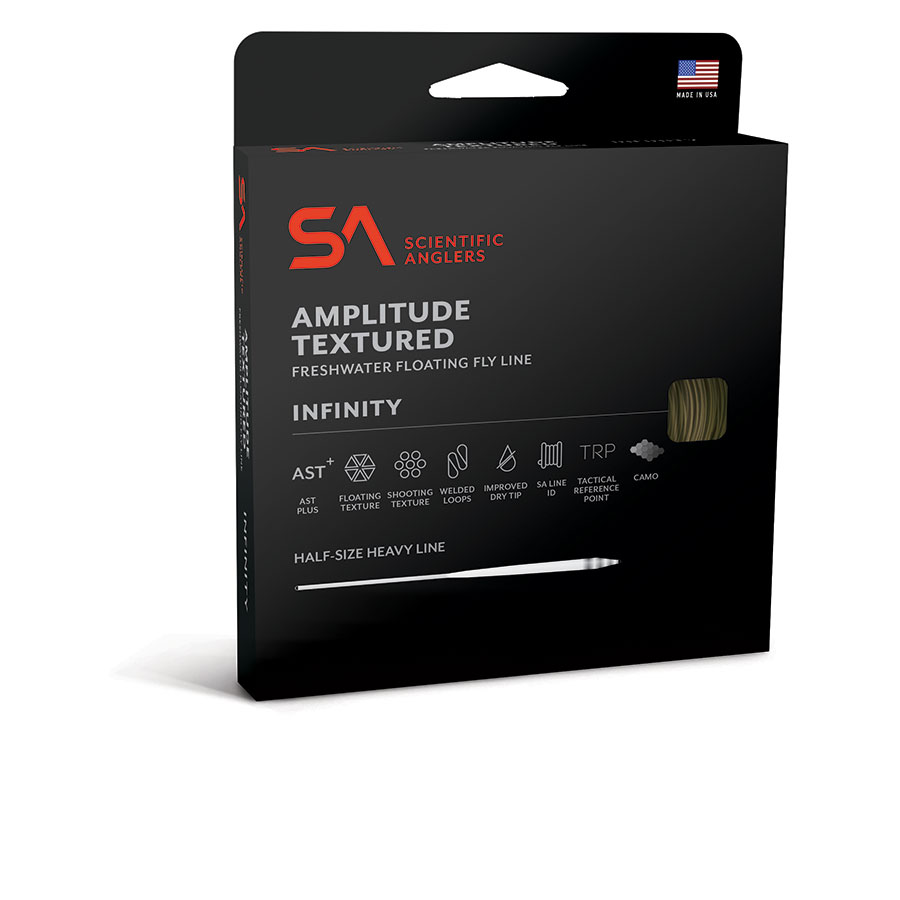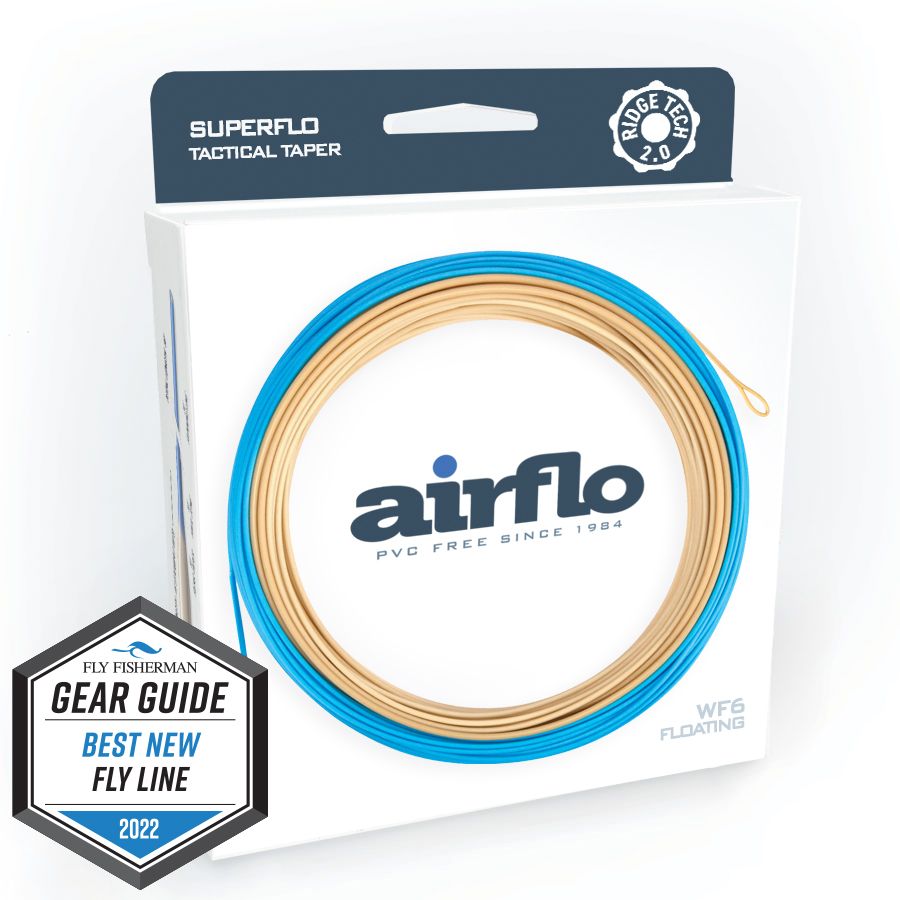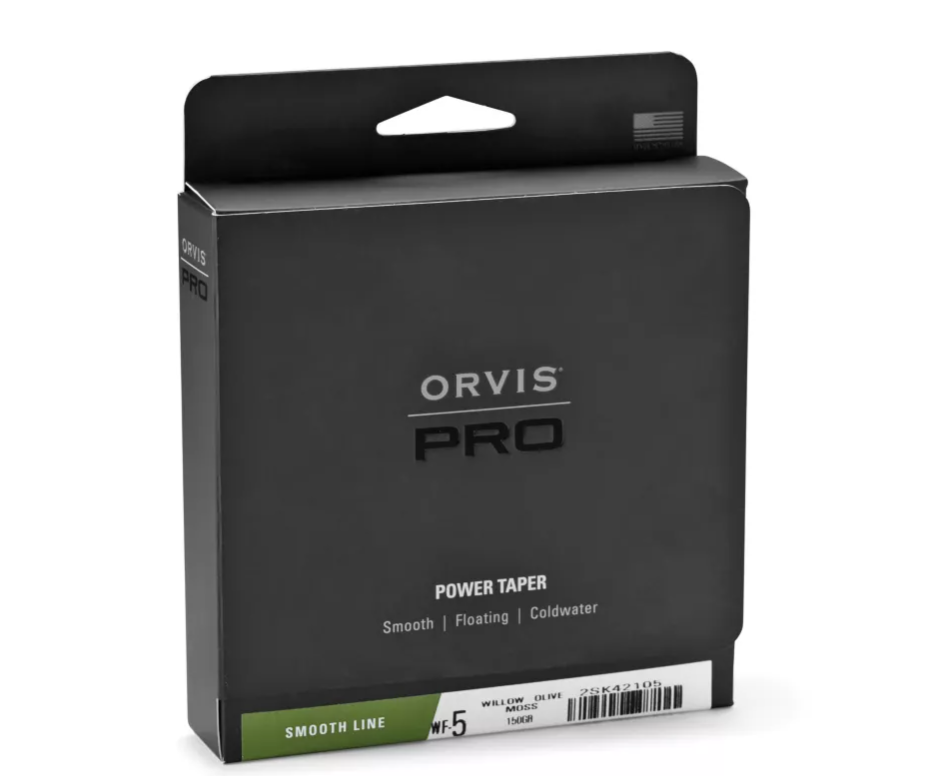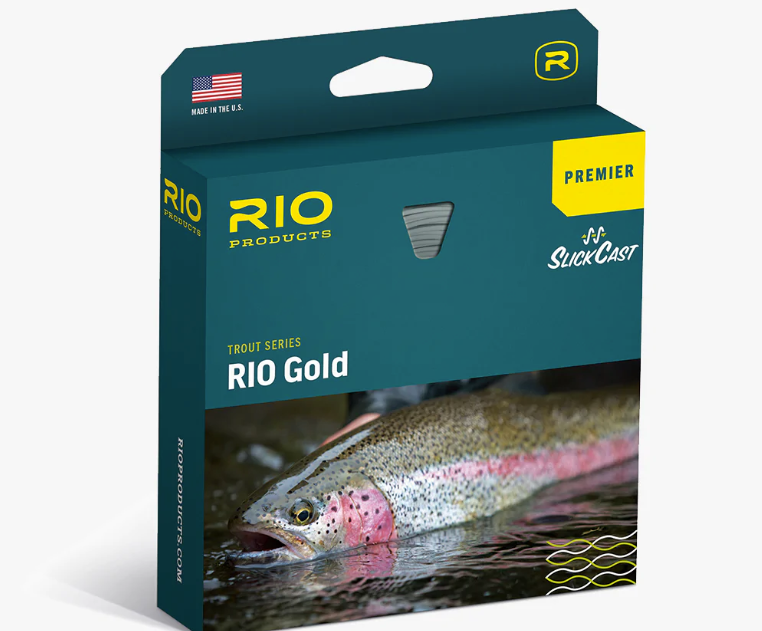The Best Fly Line for You
While fly rods and reels tend to get all the attention when a new model is announced, we tend to overlook what I think is arguably more important—fly line. The right fly line can coax the best performance possible from a fly rod. Other than your casting skills, fly line is the biggest variable in fly rod performance.
Just like fly rods, fly lines are built based on specific tapers. These tapers give fly lines certain characteristics, and understanding how those characteristics mesh with your fly rod’s taper is key to making a fantastic fly line-fly rod pairing.
Today we’ll go through what you need to know about fly line tapers before buying your next spool. We’ll also take a look at some of the different materials used to make fly lines and how that impacts their longevity. This all has the goal of helping you buy the best fly line for you.
Understanding Fly Line Design
Fly lines are built using a taper that’s similar in concept to fly rods. A fly line’s taper directly impacts how it performs while in use. Some tapers are designed specifically for throwing big flies just like some fly rods are. Some lines excel at using dry flies. Others specialize in do-it-all performance.
A fly line’s taper can be broken down into the following parts:
- Tip or front taper
- Belly
- Rear taper
- Shooting line
The tip or front taper, belly, and rear taper collectively make up what is known as “the head” of a fly line. A line’s head is where all the weight is concentrated, and it’s the weight of the head that determines what rods to use it with. The American Fly Fishing Trade Association (AFFTA) has established a set weight that lines should be, and this is what determines a line’s weight rating. For example, a 5-weight line has a head that weighs between 134 and 146 grains. A fly line that’s true-to-weight for a 5-weight would clock in at exactly 140 grains.
The weight of the rest of the fly line that’s not part of the head doesn’t impact what weight rating that line is given.
Understanding Tapers
Now that we understand the parts of a fly line, we can start looking at what their tapers tell us about their performance.
This is the taper diagram for the Amplitude Infinity line from Scientific Anglers.
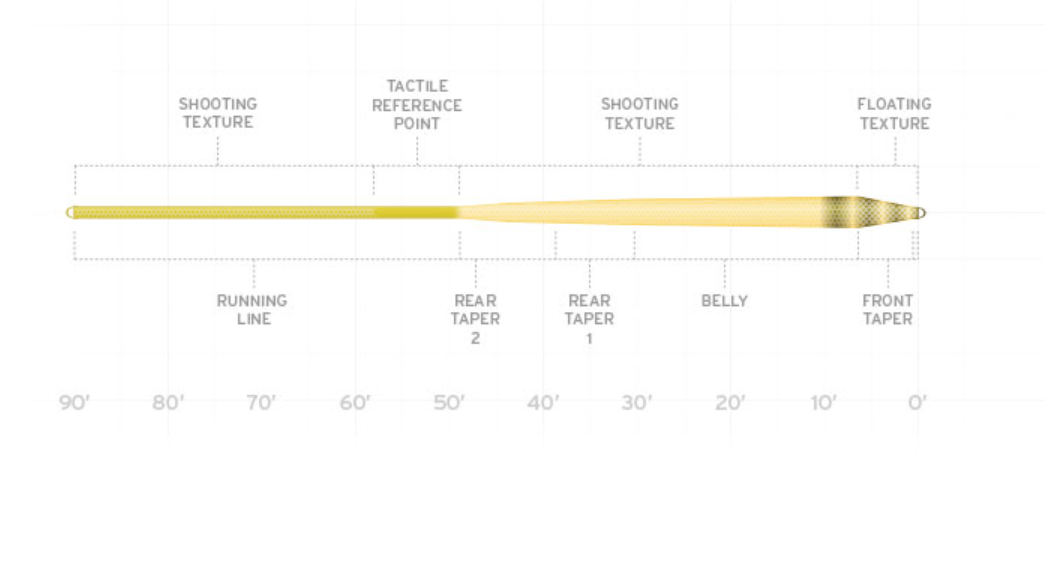
As you can see, the taper is very gradual and the head is almost 50 feet long. A gradual taper like this excels in tons of different fishing situations. The weight is distributed pretty evenly throughout the head, and there’s no abrupt change in the taper itself other than the very front of the line.
Fly lines that taper aggressively, like the Depth Charge line from Orvis, are often used for throwing big flies.
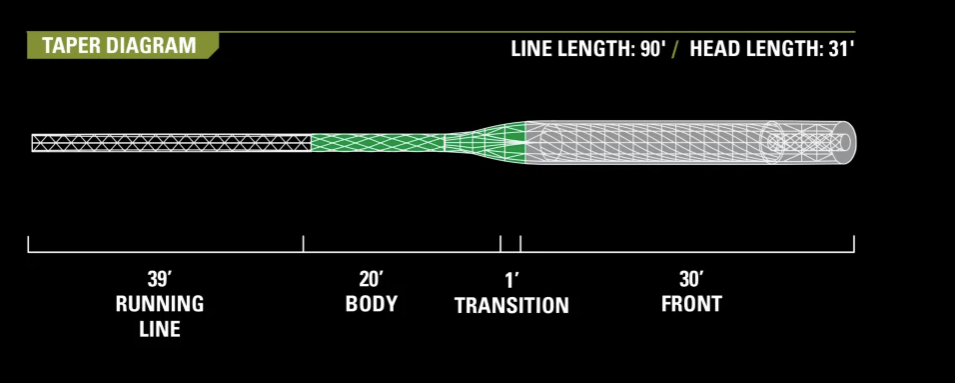
Lines with very aggressive tapers tend to work best on fast-action rods. Rods with relaxed tapers work well on all rods, but really sing on slower-action sticks.
Grain Weight and Material
The last thing to consider before picking out a fly line is its grain weight and the material it’s built from. Grain weight matters only in the sense that most fly lines these days aren’t built true-to-weight. The Scientific Anglers line we highlighted earlier is a half-size heavy, so it clocks in at 150 grains for a 5-weight line – 10 grains above the AFFTA standard of 140.
This is done to compensate for the faster action rods we have today versus when AFFTA set their line weight standards. A 150-grain line is a bit heavier, which in turn loads a stiffer rod more effectively.
By that same token, if you fish fiberglass or bamboo rods or just slow graphite you want lines that remain true-to-weight. That’s a good rule-of-thumb by which you can buy all your fly lines: stay true-to-weight for slow to medium rods, and go a half-weight heavy (or heavier) for fast-action rods.
Once you’ve decided on the right grain weight for your rod, the next feature you get to pick is fly line material. Most fly lines are built from some sort of PVC coating around a braided core, with the exception of Airflo. Airflo makes their lines without using PVC.
While all PVC coatings are designed to float, some are “textured” to provide superior resistance to abrasion, repel dirt and oils, and increase the life of the fly line. I’ve personally found textured fly lines to be worth the additional cost, because they do tend to last longer.
With all that in mind, let’s take a look at some of the best fly lines currently on the market.
Scientific Anglers Amplitude Infinity Textured
- Versatile taper
- AST Plus slickness additive
- Textured
The Scientific Anglers Amplitude Infinity Textured line is one of my all-time favorite fly lines from SA. The Infinity taper is wonderfully versatile, at home on trout, bass, and carp rods. The half-size heavy taper makes it ideal for use on all but the slowest of fly rods, and it turns over big bugs in the wind fairly well. SA’s textured lines are great because they’re not too noisy (a common complaint among early textured lines) but the texture does legitimately increase the lifespan of the fly line. At $129.95, this line isn’t cheap, but it’s probably the most versatile line on the market.
Airflo Superflo Ridge 2.0 Tactical Taper
- PVC-free construction
- True-to-weight
- Delicate taper
The Airflo Superflo Ridge 2.0 Tactical Taper line is the latest and greatest in presentation from Airflo. This line is built true-to-weight with a taper designed specifically for casting to wary fish. This would be an ideal line to use for the trout in Silver Creek, for instance. The head on this line is longer than most presentation-specific lines, which Airflo says gives it more control at distance. This line is slightly more specialized than others on the market, but it has rave reviews from anglers across the world.
Cortland Long Belly Distance
- Extra-long head
- True-to-weight
- Superb performance
The Cortland Long Belly Distance line is one of my personal favorites. The head length on this line is 60 feet long, which is a lot longer than heads on other lines. That long head gives you extra control of the line while it’s in the air, which makes it ideal for reach casts and long mends. The true-to-weight taper casts fine on just about any fly rod, although it excels on medium-action sticks. For $90, it’s a pretty good deal in the fly line world.
Orvis PRO Power Taper Smooth
- Aggressive taper perfect for streamers
- AST Plus slickness additive
- Half-size heavy
The Orvis PRO Power Taper Smooth line is another personal favorite of mine, and I’ve used it for years. The half-size heavy taper packs extra weight into a 50-foot head, which makes loading up your fast-action rods a breeze. I’ve used this line extensively for streamer fishing, and I love how it acts on the water. It helps punch big flies out with ease, even against wind. The only knock I have against it is the lack of a textured option.
RIO Gold
- Half-size heavy
- Versatile taper
- SlickCast coating
RIO Gold is one of the most popular fly lines on the market, and for good reason. It has a taper the folks at RIO claim is perfectly designed for casting flies from size 2 to 22. In my own experience, I’ve found RIO Gold to be a very versatile line. It’s not quite a half-size heavy, so it loads fast-action rods perfectly (paired with the new Sage R8 Core, the RIO Gold performs wonderfully). For $99, you get one of the most-used fly lines in America. That’s not a bad deal.
Wrapping Up
Fly lines can bring out the best in your fly rod, if you pick the right one. Paying attention to their taper, intended use, and grain weight are the key features to bear in mind when shopping for a new fly line. If none of the above lines seem like the right fit for your rods, consider a few of these options, too:
